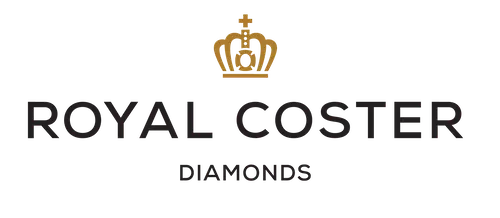-
Signature Jewelry
-
Fashion Jewelry
-
Watches
-
Tours & Workshops
Select your language
- NL
- EN
Can’t find what you are looking for?
We are here to help Get in touch
Select your language
- NL
- EN
Your shopping cart
Your Cart Is Empty
Mm to carat
How to determine the size of a diamond?
Though the 4 C’s already cover a lot about the information about different diamonds, they do not tell us everything. Especially if you do not know everything about a diamond, you might feel you need more information. After all, carat tells us something about the weight of a diamond, but not about its size. Let me help you with that. The two factors that determine the diamond’s size are the carat and the cut.Carat
The weight of a diamond already says a lot about the diamond’s size. Online you can find many charts that show you how to convert mm to carat. Or how many millimeters equals one carat. It is a rough yet highly educated guess. For example, we know that 1 carat brilliant diamond is approximately 6.5 mm. I say approximately because the actual size also depends on the diamond cut.Cut
You may already have guessed it. Diamonds with a different cut have a different size for the same carat weight. For example, a princess cut that weighs 1.00 carat is around 5.5 mm while a brilliant is 1 mm larger. But there is more. The quality of the diamond cut determines the exact size of the diamond. Many charts simply always use the ideal cut to show a diamond’s size. However, not every diamond has an ideal cut.
The ideal cut
The ideal cut is the guideline of how a certain diamond shape should be cut. Every shape (brilliant, princess, heart, etc.) has its own ideal cut. The diamond is cut in such a way that its proportions and angles are perfectly polished and has perfect symmetry. When a diamond has the ideal cut, it corresponds to most diamond size charts from mm to carat out there. However, not all diamonds have the ideal cut. A polisher can polish a diamond a little differently, intentionally or unintentionally.Non-ideal cut on purpose
A skilled diamond polisher examines the diamond he is about to cut carefully. He already looks for imperfections inside the diamond and how to deal with them. Are there impurities around the sides he can polish off? Or is there a little bugger that is exactly inside the center of the stone and he cannot get rid of?
Non-ideal cut for the best result
An imperfection in a nasty spot can dull a diamond’s sparkle, no matter how well it is polished. That is why the polisher needs to make a decision on how to polish the rough stone. And sometimes, he deliberately chooses to deviate from the ideal cut. By making the diamond just a little narrower or wider than the ideal cut, the polisher can avoid certain imperfections. Or he “hides” the imperfection in a way it does not affect the sparkle of the polished stone that much. So in such a case, the best fit for a diamond cut is actually not the same as an ideal cut.Should I always choose an ideal cut diamond?
In theory, an ideal cut diamond sparkles more than a diamond without the ideal cut. But it really depends on the craftsman who polished the diamond. Especially when he does not have an eye for the (small) impurities inside the diamond. Because if he overlooks the imperfections, he can still make an ideal cut, yet the diamond doesn’t sparkle as much as it could and should. That is why we always advise shopping for a diamond in person. Because only when you touch and see the diamond yourself you know whether this is the gem for you.From mm to carat
Now you know what to look for, you can check the mm to carat chart below. This specific chart is for round diamonds like the brilliant and the Royal 201 cut. Other diamond cuts have other charts. Inside a setting, like a ring or a pendant, a diamond looks about 20% larger than unset. Let’s get ready to measure.


